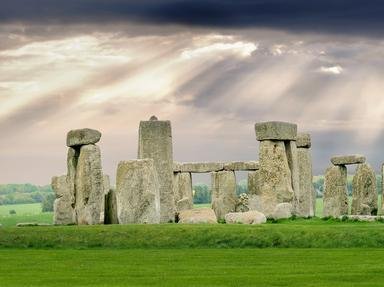Quiz Answer Key and Fun Facts
1. The Forbidden City is known in Chinese as "Zi jin cheng" which is a reference to a color. What is the color?
2. The Forbidden City is twice the size of Vatican City and three times the size of the Kremlin. Roughly how big is it in square meters?
3. The Forbidden City is constructed symmetrically along a central north-south axis, which is also the axis of the old Beijing City. There are four gates in each direction. Which gate is the main entrance?
4. Many of the major imperial gates are painted red, with the door-nails in rows of nine. What does nine symbolize?
5. Yellow and red are the two most common colors in the Palace. Red symbolizes auspicious events, happiness and celebrations. Yellow symbolizes one of the five elements. Which one?
6. As many as 10,000 special logs were widely used for the construction of the palace. This very rare wood from southwest region is known for its density and beauty. What is the name of this wood? (Hint: named after the location)
7. Located behind the Hall of Preserved Harmony in the center of the stairway, there is a huge marble sculpture of nine dragons playing with pearls. It is the largest single stone sculpture, weighing about 250 tons. How was the stone transported from the quarry 70 km away from the Palace?
8. There are three main buildings in the Outer Court along the north-south axis. The most important of these in the Outer Court is known as the Hall of what?
9. There are also three main buildings in the Inner Court along the north-south axis, the one which the Emperor used to occupy is known as the Hall of what?
10. During the six-hundred years of history of the Forbidden City, the Palace has survived many earthquakes including the severe Tangshan earthquake in 1976. This measured 7.8 on the Richter scale and left 700,000 casualties. Survival of the complex was credited to good "Dou-gong" and "Sun-mao". "Dou-gong" and "Sun-mao" are best described as what?
Source: Author
wilfredwee
This quiz was reviewed by FunTrivia editor
stedman before going online.
Any errors found in FunTrivia content are routinely corrected through our feedback system.
